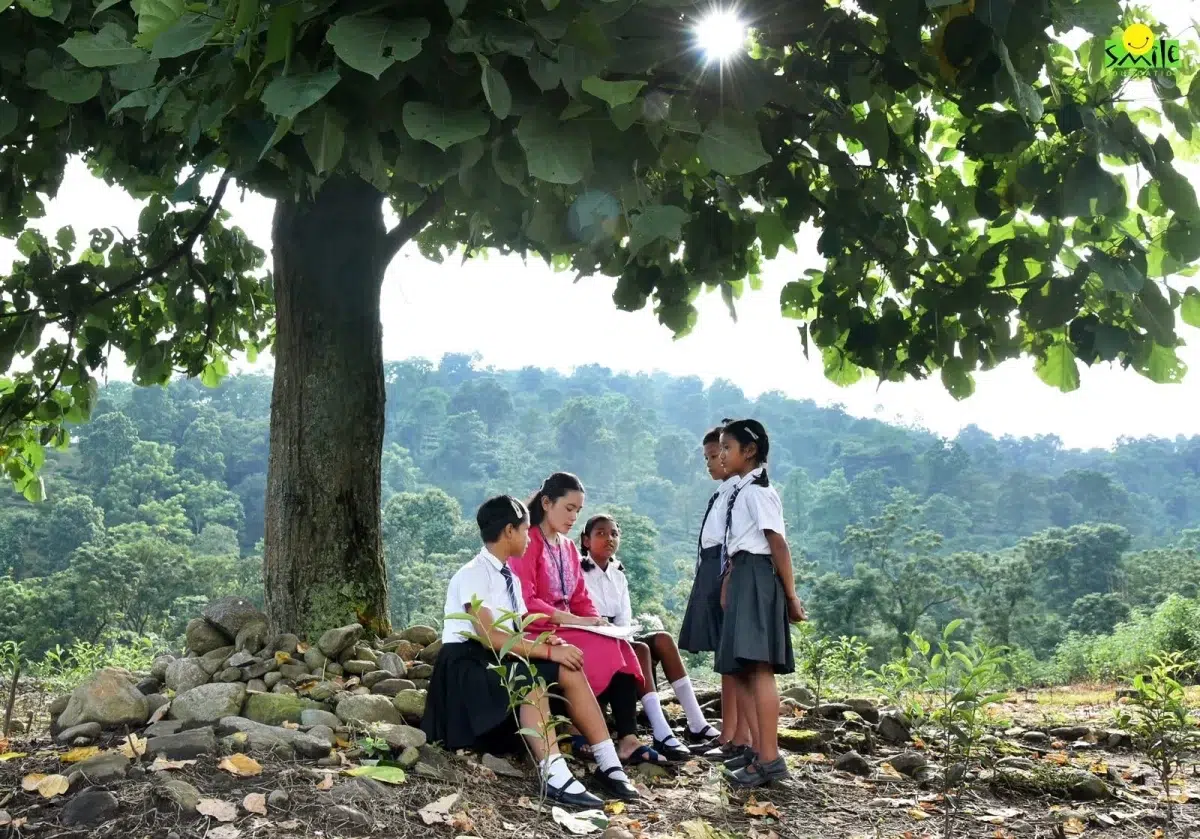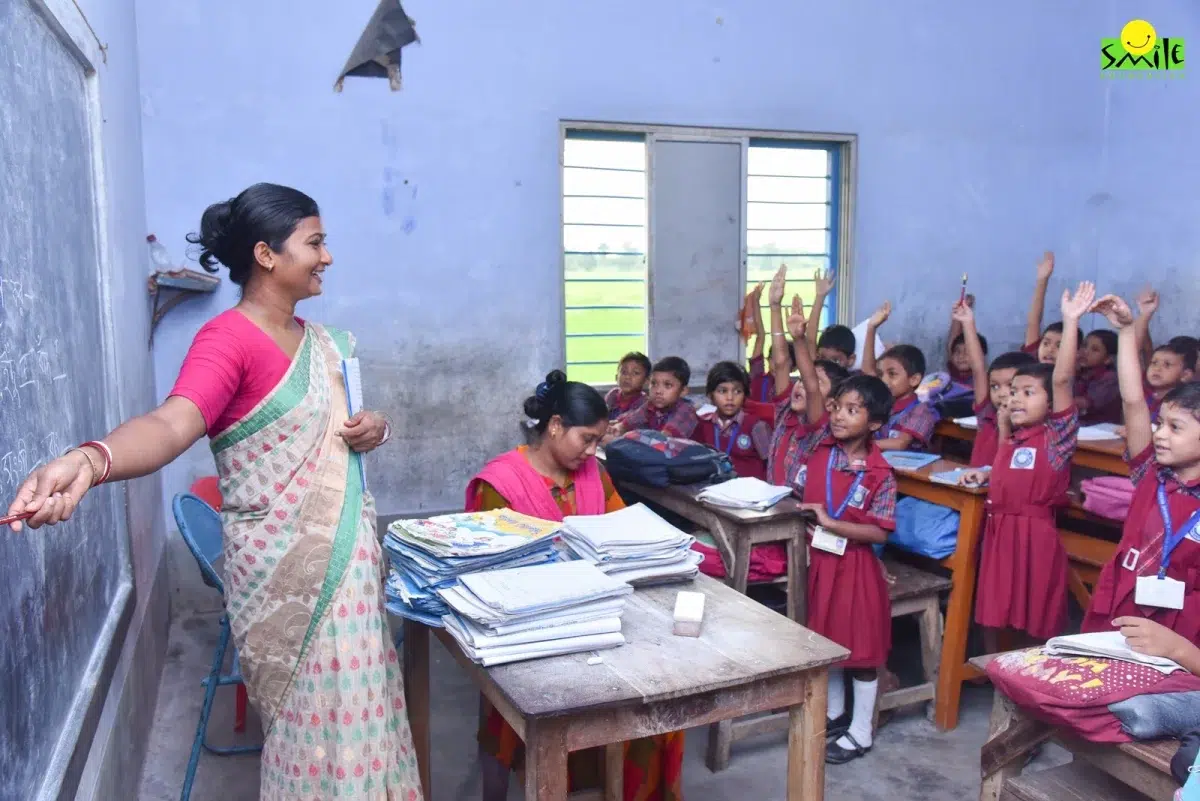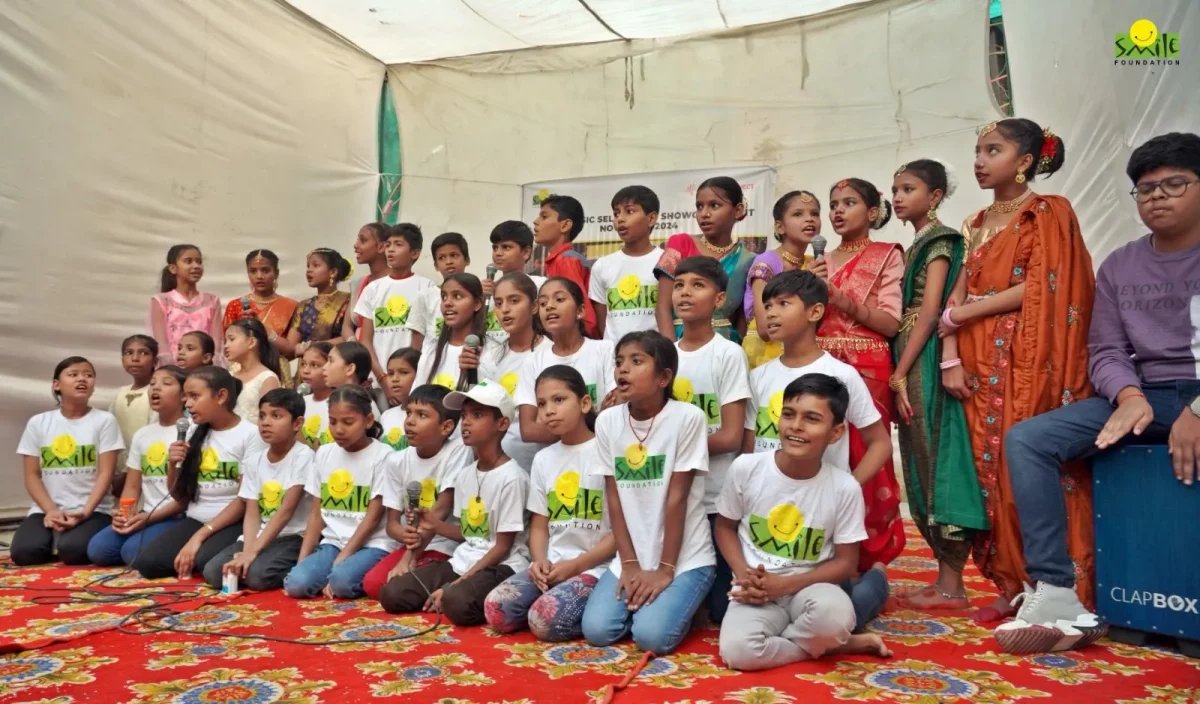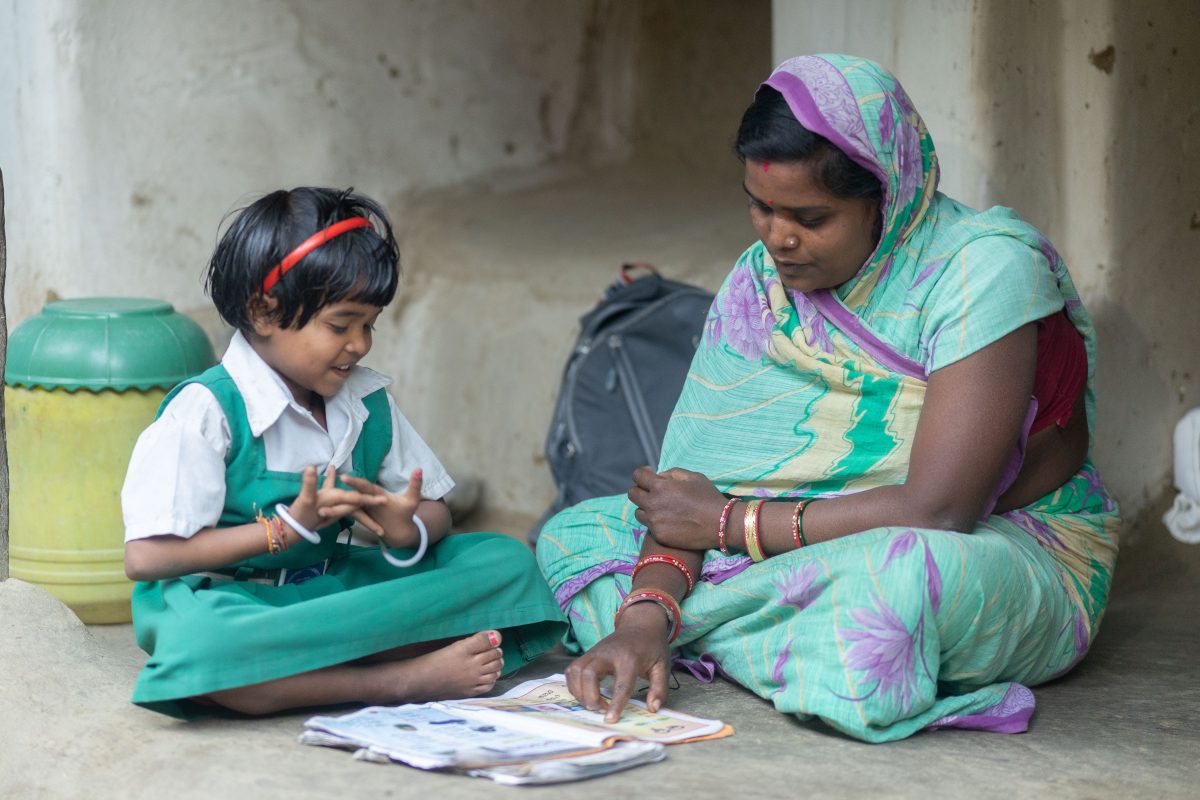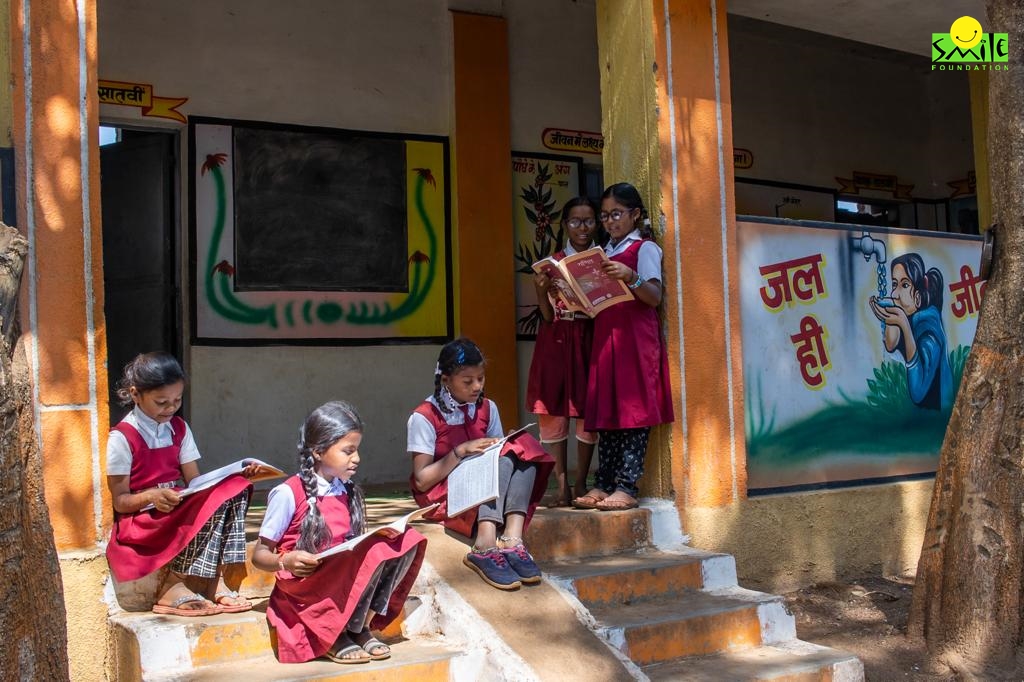Digital tools, slick storytelling formats and gamified content are reshaping what it means to learn in 21st-century India. In classrooms outfitted with smartboards or, more often, in makeshift learning spaces on mobile phones children are no longer passive recipients of knowledge. Teachers, too, are adjusting their roles, while parents navigate new expectations.
Yet for every student swept up in this transformation, many more are being left behind. Patchy internet, device shortages and an education system still tethered to rote learning mean that the promise of immersive, future-ready education remains elusive for millions.
India stands at a pivotal juncture: the digital age has cracked open new possibilities for learning. But unless policymakers, technologists and educators confront the structural inequities that persist, the gap between potential and reality may only deepen.
Child education in India: Is modern learning inclusive?
India’s education landscape is being reimagined. A new emphasis on progressive pedagogy is encouraging schools and parents to move beyond the narrow metrics of academic achievement, toward something more expansive — an education that fosters critical thinking, emotional intelligence, leadership and a sense of self in a fast-changing world.
In theory, this marks a long-overdue shift. But the bigger question looms: who is this transformation really reaching?
Across India’s rural heartlands, where over 1.26 million schools operate, the ambition is palpable. Government schemes from Sarva Shiksha Abhiyan to Samagra Shiksha and PM e‑Vidya promise inclusive classrooms, digital tools, library upgrades and skills for a future economy. The official narrative speaks of equity, access and innovation.
But the lived reality is more uneven. Patchy infrastructure, overstretched teachers and socio-economic barriers continue to hold back millions of children especially girls, first-generation learners, and those in remote areas. While some students absorb coding through tablets, others still struggle to access textbooks or electricity.
The gap isn’t just digital. It’s systemic.
Bridging it will require calls for deeper alignment between governments, corporate players and community-led organisations to ensure that modern education doesn’t just remain an urban privilege, but becomes a shared national asset. One where every child, regardless of geography or background, has a real shot at learning in a way that is inclusive, holistic and genuinely transformative.
The ground reality
A key hurdle in rural education today lies not in ambition, but in infrastructure. According to recent reports, nearly 60% of government schools in rural India lack functional internet connectivity. One in three schools is still without even the most basic digital tools such as projectors or smart boards making it nearly impossible for modern teaching methods to take root. In these classrooms, the promise of digital learning remains just a promise, and not yet a reality.
Modern learning in rural schools
Children in rural India remain at a stark disadvantage that carries profound implications for the country’s future. By 2027, an estimated 69 million new jobs are expected to emerge globally. Without urgent and sustained intervention, a generation of children from less privileged communities risks being shut out of this evolving opportunity landscape.
Bridging this divide requires more than textbooks and classrooms. It calls for an education system that nurtures cognitive agility, emotional resilience and practical life skills — tools as essential as literacy in navigating the future. This is where modern educational tools come in, not as luxuries, but as vital instruments towards building a safer, more inclusive future for every child.
- Storytelling
This has always been central to how children learn and remember. A 21st century classroom reimages this age-old method through digital storytelling – using videos, interactive flip books and gamified storytelling to explain complex concepts in simple and relatable ways
Research highlights that digital storytelling not only sparks creativity but also improves retention, motivation and deeper lesson engagement. For example, a story based history lesson enables children to “live through” events while a narrative driven science experiment can abstract concepts vividly.
- Read-alouds and interactive content
Read-aloud sessions were seen as a cornerstone of early child education which today have evolved into interactive digital formats. Today, children can listen to stories brought alive by AI-powered voices or choose how a character’s journey unfolds through interactive polls and clickable story paths.
In India, where language diversity is vast, digital read-aloud tools also provide multilingual access, ensuring rural and urban children alike can learn in their mother tongue. This aligns with findings from the World Economic Forum (2024), which stresses rekindling curiosity through play-based and interactive tools that allow children to ask, explore and discover.
- Flip books and visual tools
Traditional flip books and comics are being reinvested as microlearning modules. Imagine a child in a rural school accessing a digital flip book that demonstrates each step of a science experiment or a visual timeline that makes Indian history easy to understand and remember.
Visual storytelling enables children to learn at their own pace, bridging the comprehension gap often caused by rigid textbook teaching. Child education in India, where students frequently encounter first-generation learning barriers, therefore, tools such as flip books can enhance discovery and quick grasping.
- Digital tools and personalised leaning
The most transformative shift comes from personalised learning which is supported by digital platforms. Research states that adaptive learning does not promise equality in output but ensures adequacy that every child gains the competencies necessary to thrive, regardless of starting point.
- 75% of students feel more engaged in a personalised learning environment compared to just 30% in traditional ones.
- Personalised content recommendations boosted engagement by 60%
- Teachers driving change
Teachers equipped with the modern pedagogical skills, digital tools and activity based methods establish a closer relationship with their students. With constant classroom engagements the learning outcomes also boots, but also empowers teachers with confidence, adaptability and professional growth creating a strong future ready education ecosystem in India
Learning with Smile
Child education in India faces persistent challenges of inequity, digital divides and limited access to quality learning environments. Smile Foundation, through its Mission Education programme is working to transform this landscape by aligning with the National Education Policy 2020 and global priorities such as Foundation Literacy and Numeracy (FLN), tech enabled learning and lifelong education.
With over 1,20,00 children across 27 states, the foundation adopts a four-pronged approach-
- Child centric
- Teacher centric
- Enabling learning environment
- Community engagement
To ensure that children not only access education but also benefit from holistic development.
Our mission is to build inclusive, engaging and technology‑enabled classrooms that nurture holistic learning. Through impact‑driven corporate partnerships, we believe child education in India can be reimagined, delivering opportunities that go far beyond textbooks, empowering every child to learn, grow and thrive.
Partner with Smile Foundation to co-create scalable and sustainable education models that empower every child to learn, thrive and be successful.
Sources
Innovative Education Methods: Transforming Teaching and Learning
Digital Storytelling: A Powerful Technology Tool for the 21st Century Classroom
Rural Education – Integral to India’s progress
Annual Status of Education Report 2024
Bringing back curiosity: How digital tools can help us rethink education

